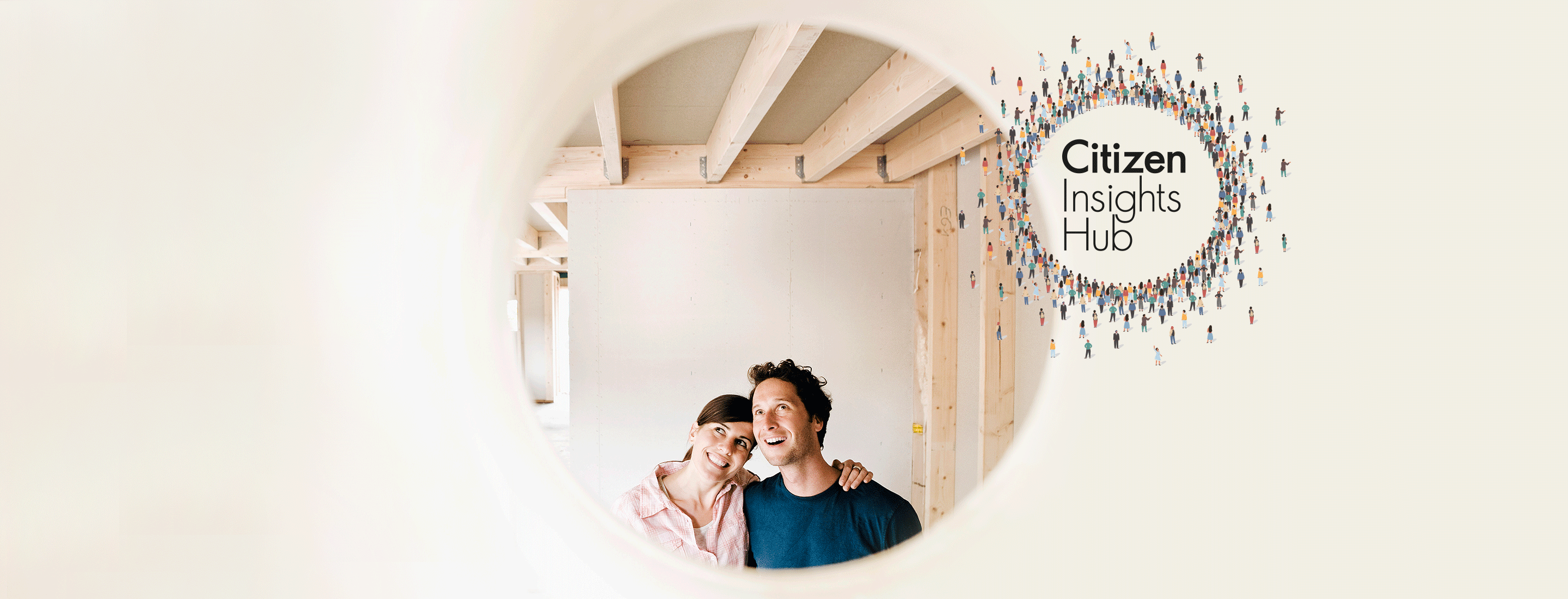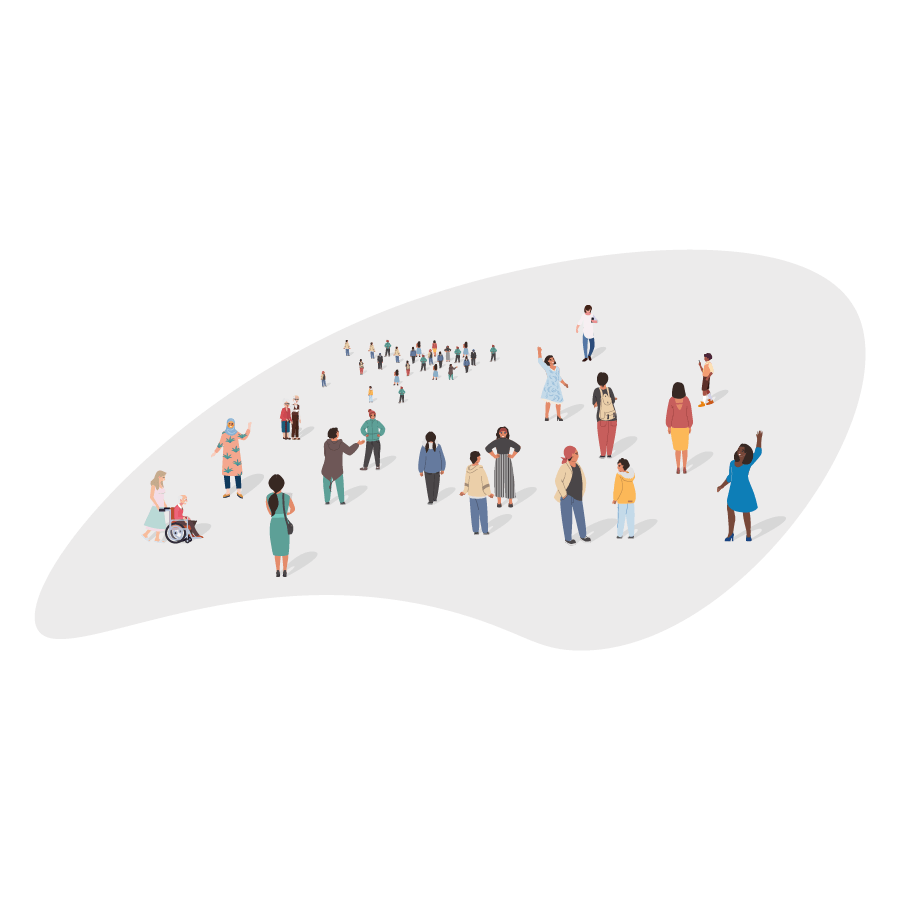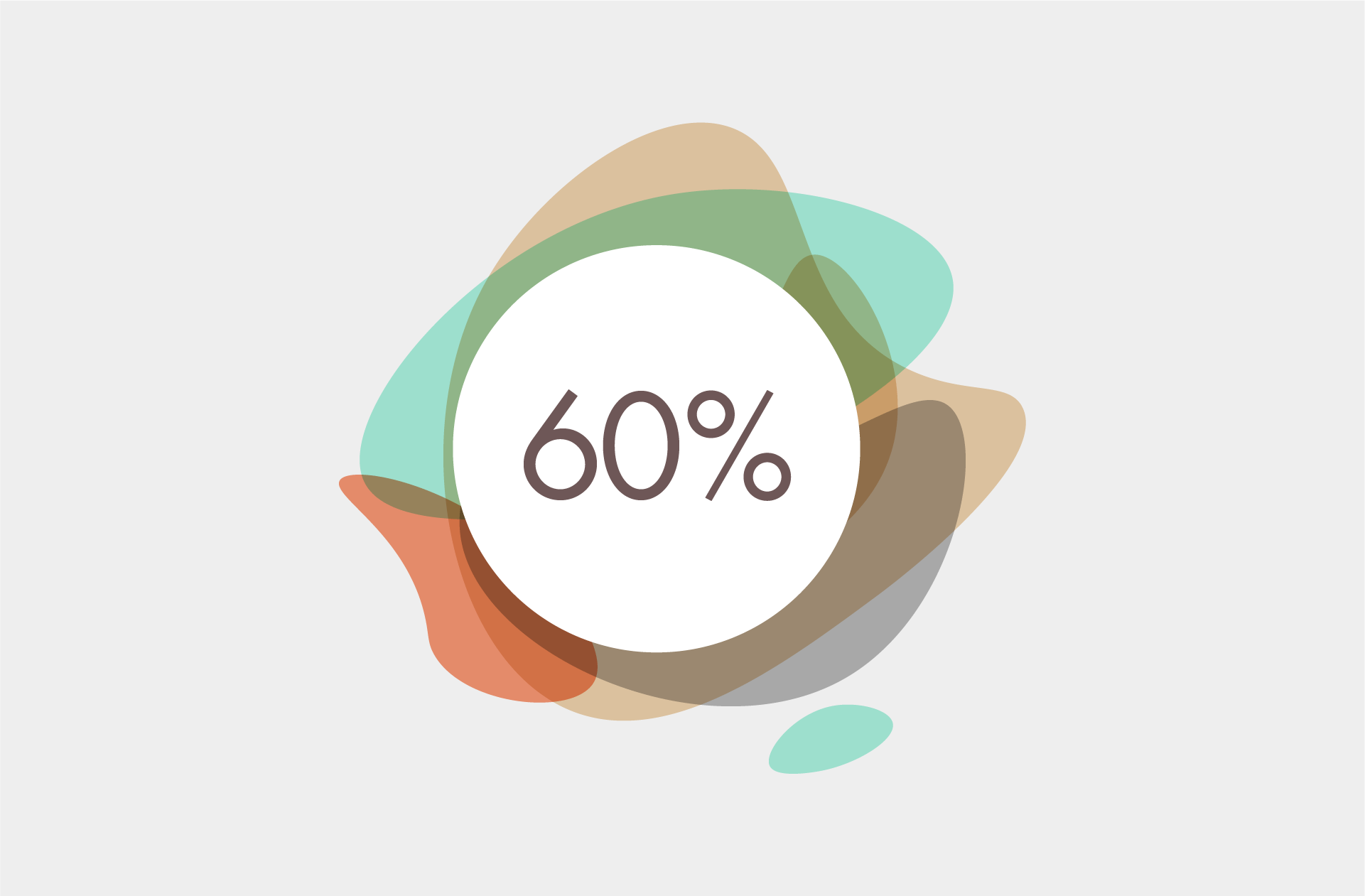What issue can we solve for you?
Type in your prompt above or try one of these suggestions
Suggested Prompt



Public Sector
Tailoring Digital Services for Life Events
Tailoring Digital Services for Life Events
Australians have a strong appetite for digital government services. As identified in the Publicis Sapient Digital Government Research, 88 percent of over 5,000 survey respondents are using government digital services, with very high levels of satisfaction. With a significant proportion of Australians experiencing major life events each year, a key area of opportunity for governments is to continue to build and broaden digital government services around these moments that really matter for citizens.

Australians are open to new digital government services

As well as usage of existing services, there is exceptionally high demand for as many government services as possible to be made available digitally, with 92 percent of our survey respondents saying they would use additional services.
Notably, the states most impacted by COVID-19 have seen the greatest proportion of new users in the last 18 months, as well as the highest demand for digital services. First time usage of government digital services was highest in Victoria (65 percent) and then New South Wales (63 percent). Demand for a greater number of government services delivered digitally during the pandemic was also highest in Victoria (77 percent) and NSW (72 percent).

Addressing service gaps

The majority of citizens are open to as many services being made available digitally as possible. Healthcare, ATO and Centrelink are the most common areas where citizens have suggested extending digital service offers. Overall, 92 percent of respondents said they would use additional services.
Other suggestions for expanding the digital service offer for citizens included online voting, real-time citizen surveys/consultations and digital identification/certification.
When looking at satisfaction in digital government services across states, there’s a lot of consistency in key service areas including employment, finance and health. This is likely reflective of the fact that many key services in these areas are driven by Federal Government and are therefore common across states.
However, there are more material differences in other service areas including legal where satisfaction levels varied by as much as 20 percent between some states and family services, which also had some material variations. This suggests that there are opportunities to learn from best practices across states.

New insights will be released throughout the year, with a fresh survey conducted on an annual basis.
Building around life events
One of the main areas of opportunity for governments is to continue to build and broaden digital services around life events. This involves bringing a range of different services together at a point in time when citizens need the most support, crucial moments like the birth of child, changing jobs, or dealing with the death of a loved one. The NSW State government, for example, has identified and built services around eight life events, ranging from starting a family to end-of-life planning.
There is a large demand for life-event-focused digital government services, 60 percent of Australians are experiencing a significant life event each year. New jobs and new homes are the most common and especially experienced by those in Gen Z and Millennial age groups. The death of a loved one and serious illness or disability diagnosis are proportionately higher for older ages. This suggests opportunities to tailor and target specific services to some user groups.

There is a large demand for life-event-focused digital government services
60 percent of Australians are experiencing a significant life event each year.
Despite the large number of citizens experiencing life events, there is a significant proportion who are not aware of the services or could not find what they needed with 32 percent of all citizens reporting challenges here. The Builder (oldest or the 80 plus) age category were most likely to not be aware of the service offers available at 56 percent of that cohort.
Millennials and Gen X were most likely to find life event services helpful, though 24 percent of Millennials also recorded that whilst they used digital services, they found them less helpful than expected, suggesting opportunities for extending the services offers and cross-government connections that make these life events services so useful for citizens.
Providing life event services involves increased collaboration and coordination among departments and agencies, but delivers significant benefits, being a way to offer more services in a much more lean and easy to navigate way. This meets the ideology of all sides of government. Services can be more personally tailored and delivered to people as and when they need it, making digital government much more effective and precise.
-
The ultimate aim of digital government services is to improve the lives of Australians and their interaction with government.
The ultimate aim of digital government services is to improve the lives of Australians and their interaction with government. A key evolution of life event services will be to apply this thinking to more and more common events in citizens’ lives. The good news, based on our research, is that citizens are very enthusiastic about the steps our governments can take to expand this offer.






